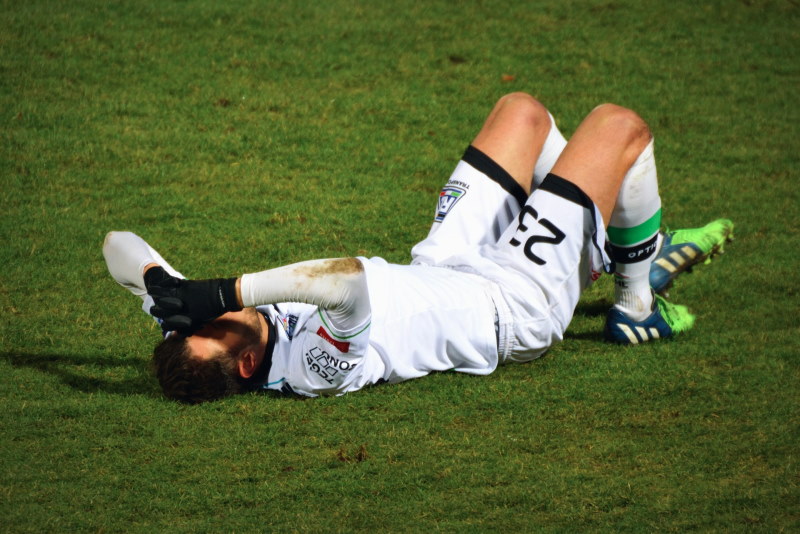Read about the latest FysioMeter news, developments and relevant research

Martin Jørgensen
CEO FysioMeter ApS
Sports Physiologist, Ph.D
Senior Scientist at Aalborg University Hospital
Importance of H / Q ratio in relation to hamstring injuries
An unbalanced H/Q ratio can increase your athlete's injury risk by 466%!
Injuries are a big concern to sports teams - not only does it affect the athletes themselves, but it affects the entire team concerning tactics and performance.
Hamstring injuries are widespread in sports such as football, where running and kicking are involved. Therefore, it is a good idea to monitor and compare the strength in the hamstring muscles continually.
(Read more about common injuries and re-injury rates here)
Numerous risk factors for hamstring injuries have been identified, with some being non-modifiable (age, race or prior injury) while others modifiable (lack of strength and flexibility, fatigue or strength imbalance) (de Hoyo et al., 2013). Mounting evidence has shown a strong association between an imbalance of the hamstring (agonist) and the quadriceps (antagonist) on injury incidence in the hamstring muscles (Croisier et al., 2008; Grygorowicz et al., 2017). The Hamstring/Quadriceps (H/Q) ratio refers to the relationship between the peak forces of these two muscle groups.
In a study by Croisier et al., the H/Q ratio of 462 professional football players' was tested during pre-season to explore different types of H/Q ratio measures, cut-offs, and their ability to predict injury in the hamstrings during a 9-month season. The study results showed that players with a H/Q ratio lower than 1.0 had a 466% higher risk of a hamstring injury than players with a ratio higher than 1.0. For example, if a player has a H/Q ratio of 30 kg (hamstring)/25 kg (quadriceps) = 1.2, this player has a lower risk of injury than a player with a H/Q ratio of 25 kg/30 kg = 0.8, according to the study. Further, the study showed that the players with a H/Q ratio higher than 1.4 had no hamstring injuries during the 9-month season.
For the above reasons, it appears to be necessary to continually assess and adjust players H/Q ratio to avoid the most common injury in football.
For more information contact FysioMeter at info@fysiometer.dk

References
Croisier, J. L., Ganteaume, S., Binet, J., Genty, M., & Ferret, J. M. (2008). Strength imbalances and prevention of hamstring injury in professional soccer players: a prospective study. The American Journal of Sports Medicine, 36(8), 1469-1475.
De Hoyo, M., Naranjo-Orellana, J., Carrasco, L., Sañudo, B., Jiménez-Barroca, J. J., & Domínguez-Cobo, S. (2013). Revisión sobre la lesión de la musculatura isquiotibial en el deporte: factores de riesgo y estrategias para su prevención. Revista Andaluza de Medicina del Deporte, 6(1), 30-37.
Grygorowicz, M., Michałowska, M., Walczak, T., Owen, A., Grabski, J. K., Pyda, A., & Kotwicki, T. (2017). Discussion about different cut-off values of conventional hamstring-to-quadriceps ratio used in hamstring injury prediction among professional male football players. PloS One, 12(12), e0188974.
